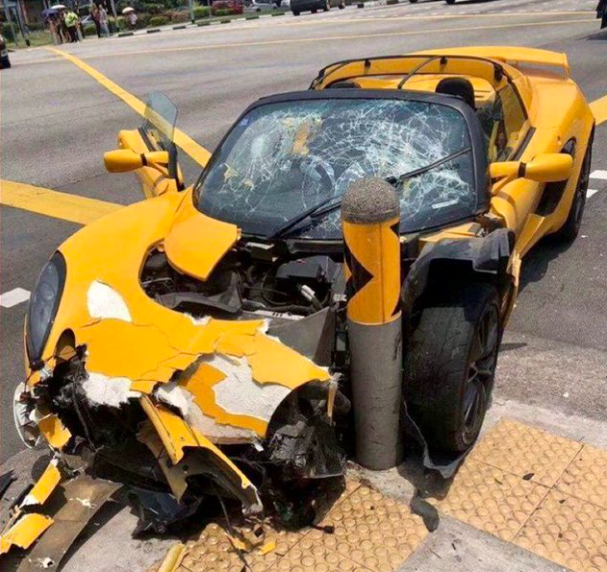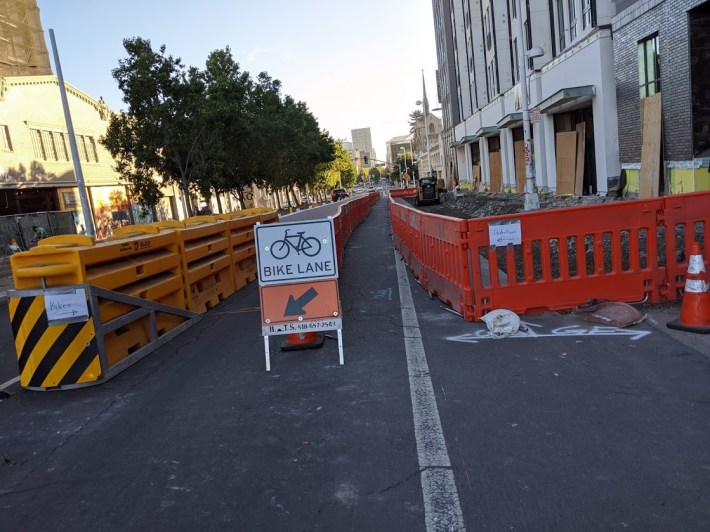Note: GJEL Accident Attorneys regularly sponsors coverage on Streetsblog San Francisco and Streetsblog California. Unless noted in the story, GJEL Accident Attorneys is not consulted for the content or editorial direction of the sponsored content.
I was running an errand the weekend before last and ran into a planner in Oakland. We got into a conversation about the new protected intersections, speed humps, and road diet on West Street in Oakland. "I don't even think it's such a big deal that it didn't get protected bike lanes," the planner told me.
I replied, as I feel like this publication has ad nauseam, that there are still common, life-altering, and deadly types of crashes that can happen on West or anywhere else protected lanes are omitted.
35-year-old Andrew Tonken was killed by a reckless (and allegedly drunk) driver while crossing MacArthur at Piedmont in Oakland Thursday, three blocks from where that conversation took place. And Friday a cyclist in the relatively new but unprotected bike lane on MLK was run down and killed by a driver who had just sustained a fatal gunshot wound.

If MLK had protected bike lanes, separated by concrete and/or a row of parked cars, I don't see how the cyclist would have been killed. And the pedestrian crossing at MacArthur and Piedmont would have had a much better chance if there were protected bike lanes because they shorten crossing distances. Moreover, with the installation of protected intersections backed up by robust bollards or other obstacles, the driver who killed him would have been forced to slow down or she would have wrecked before hitting Tonken.

Nobody has a magic calculator that allows them to know for sure if the victim of any particular car crash would have survived if the road had been configured differently. But that's why we look at data and examine designs in other countries, particularly those with a much better track record for safety. And the data on protected bike lanes and protected intersections is crystal clear: if every busy street in the Bay Area were converted to this configuration, we would be on our way to achieving Vision Zero.

It's no longer even necessary to look to the Netherlands. We already have data coming in on Telegraph, for example, and other streets in North America where protected bike lanes were installed.

But our cities are still debating whether protected bike lanes and intersections are worth losing parking spaces. And they're still repaving roads and doing all the work and even sometimes building entirely new roads, but still with the same deadly, unprotected configurations.
Despite the speeches and Vision Zero commitments, the Bay Area is well on the way to yet another year of record traffic violence. The physics of what happens when a two-to-five-ton machine slams into a delicate human body doesn't change because of speeches or outreach and it can't be rationalized away. Cities need to make protected bike lanes and intersections the default design now on all but the quietest residential streets. To do anything less is tantamount to murder.





